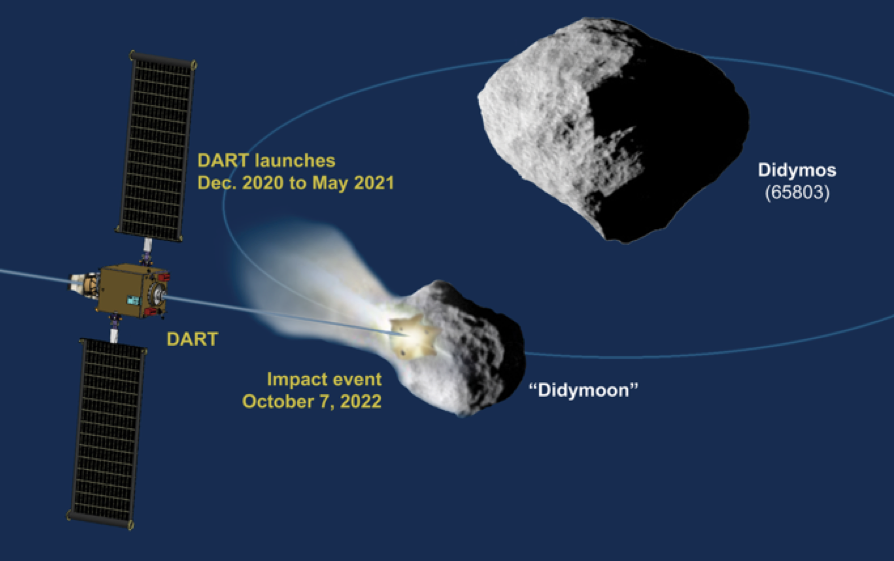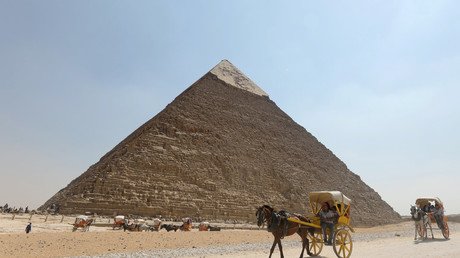From nuclear warheads to gravity tractors, how well are we prepared for an impending asteroid?
NASA launches an asteroid strike simulation this week, but what would happen if a devastating asteroid was coming our way today? RT asks an expert about the tools available, and how long it will be until we’re fully prepared.
While hundreds of small asteroids and meteorites have hit Earth, big objects, like the 55 foot one that exploded over Chelyabinsk, Russia in 2013 only occur around twice a century, and larger (dinosaur-destroying) ones are even less common. However, NASA warns that “given the current incompleteness of the NEO [Near Earth Object] catalogue, an unpredicted impact could occur at any time.”
At the start of 2019, NASA reported there were 19,000 known near-Earth asteroids, with an average of 30 new ones found each week.
Detlef Koschny, co-manager of the Space Situational Awareness (SSA)-NEO Segment of the European Space Agency, told RT that it’s not the large NEOs that we need to worry about, though, but the smaller ones, as scientists are only aware of “one percent or less” of them and “they could still damage a city or region.”
Ideally, scientists hope to have several years’ warning of an approaching NEO of 100 meters or more, but when it comes to smaller ones, it is “more difficult to see them early on,” Koschny explains.
Offensive defense
“Anything larger than 50 meters we’d try to deflect,” Koschny said, pointing to NASA’s 2022 Double Asteroid Redirection Test (DART), which aims to intercept an asteroid’s moonlet when it gets within 11 million kilometers of Earth. The hope is that it can “change the speed of an asteroid via a kinetic impact,” he explained.
Unfortunately, deflection methods require a few years of preparation, and the correct spacecraft would need to be built.

The White House Office of Science and Technology Policy released a 2018 report outlining a 10 year plan to prevent asteroids from hitting Earth. It involves creating modeling tools and simulations to characterize risks, planning reconnaissance missions and developing technologies for fast-response missions to deflect or disrupt hazardous NEOs.
In Europe, NEOShield carries out research and development to reduce the risk of a NEO deflection mission failing, and has outlined several methods to prevent a NEO causing damage.
One proposal is a ‘gravity tractor’, which involves positioning a heavy satellite close to an asteroid which then “pulls the asteroid away.” It’s a good method, Koschny said, as scientists already know they can get satellites close to asteroids. However, this kind of mission “takes a long time, around 10 years.”
Meanwhile, using an “ion engine to push an asteroid away,” as has also been tabled “takes several years,” and there are “still some technical issues to understand,” he noted.
At the most extreme end of the intervention scale is a nuclear explosion, in which scientists would detonate a warhead right beside an asteroid so that the space rock’s surface is “super-heated and vaporized.” This vapor pressure then acts like rocket fuel to move the asteroid and is “the most effective method,” Koschny said.
However, it clearly has its disadvantages. “Politically, it’s not accepted, because of the risk of radioactive contamination” that could occur if the launcher failed or something went wrong.
Also on rt.com Key to the mystery of life? 3.5mn yo comet found inside meteorite could reveal solar system secretsStandard explosives could also be used to shift the asteroid from its doom-bearing path, and another method involves embedding an explosive inside an asteroid (like the Hollywood movie Armageddon) and then blowing it up.
Asked how long it will be before we are fully prepared to prevent any asteroid from hitting Earth, Kosny said, “If we continue taking the subject seriously, we’ll be there in 10 to 20 years for objects up to a few hundred meters in size.” Let’s just hope no surprise asteroids come our way before then.
Think your friends would be interested? Share this story!














